Calendar calculus in different religions of the world
Calendars are more than just tools for tracking days and months; they embody the cultural, religious, and astronomical heritage of societies around the globe. Different religions use various calendar systems, each reflecting their unique beliefs and historical contexts. Understanding these diverse calendrical systems not only provides insight into religious practices but also highlights the intersection of timekeeping and spirituality.
The Gregorian calendar and Christianity
The Gregorian calendar, introduced by Pope Gregory XIII in 1582, is the most widely used civil calendar today. It reformed the Julian calendar to better align with the solar year and ensure accurate timing of Easter. For Christians, the Gregorian calendar is integral to liturgical events, such as Christmas and Easter. Its structure reflects the importance of solar cycles in Christian traditions, marking key religious holidays and observances throughout the year. This calendar’s adoption across the globe underscores the global influence of Christianity and its role in shaping modern timekeeping systems.
The Islamic calendar and its significance
In contrast, the Islamic calendar, or Hijri calendar, is a lunar calendar consisting of 12 months in a year of 354 or 355 days. It is used primarily to determine the dates of religious events and rituals in Islam. The Islamic year starts with the month of Muharram and includes significant dates such as Ramadan, Eid al-Fitr, and Eid al-Adha. The calendar’s lunar nature means its months shift about 11 days earlier each year relative to the Gregorian calendar. This shifting pattern affects the timing of Islamic festivals and is deeply embedded in the religious observances and daily lives of Muslims.
The Hebrew calendar and Jewish traditions
The Hebrew calendar, used predominantly in Jewish communities, is a lunisolar calendar. It combines lunar months with solar years to align religious observances with the agricultural seasons. The Hebrew calendar is crucial for determining Jewish holidays such as Passover, Rosh Hashanah, and Yom Kippur. It consists of 12 months in a common year and 13 months in a leap year, making adjustments to maintain synchronization with the solar year. This system reflects the Jewish emphasis on both lunar and solar cycles, demonstrating the intricate balance between religious practice and natural phenomena.
Understanding these diverse calendars provides valuable insight into how different cultures and religions interpret time and its significance. Each calendar system is not merely a way to track days but a reflection of the values, beliefs, and historical contexts of the societies that use them.

For those interested in optimizing their content on calendar-related topics, it’s essential to understand how different religions approach timekeeping. Effective Search Engine Optimization (SEO) strategies can help increase visibility and engagement for content related to religious calendars. Incorporating relevant keywords, such as “Gregorian calendar,” “Islamic calendar,” and “Hebrew calendar,” along with high-quality, informative content, can enhance search engine rankings and attract a targeted audience interested in these topics. For expert advice on improving your SEO, consider visiting Dr. Seo’s website.
Exploring the intricacies of various calendar systems not only enriches our understanding of global religious practices but also highlights the significance of time in shaping cultural identities.
The Buddhist Calendar and regional variations
The Buddhist calendar is used across several countries with varying traditions, including Thailand, Myanmar, and Sri Lanka. Generally, it is a lunisolar calendar similar to the Hindu calendar, though local variations exist. For instance, in Thailand, the Buddhist calendar is based on the lunar calendar, but with additional adjustments to align with the solar year.
Important Buddhist festivals, such as Vesak, which commemorates the birth, enlightenment, and death of the Buddha, are observed based on this calendar. The date of Vesak varies depending on the country and tradition, demonstrating the adaptability of the Buddhist calendar to regional differences. Each variation maintains the core principles of Buddhism while accommodating local cultural practices.
The Chinese calendar and its influence
The Chinese calendar is one of the oldest and most influential calendars still in use today. It is a lunisolar calendar with a 12-year cycle, each year associated with an animal from the Chinese zodiac. This calendar is used to determine traditional festivals like the Chinese New Year and the Mid-Autumn Festival.
The calendar’s structure involves both lunar months and solar terms, with leap months added to keep it synchronized with the solar year. This system reflects the agricultural importance of the calendar in traditional Chinese society, guiding planting and harvesting cycles. The Chinese New Year, for example, falls on the second new moon after the winter solstice, showcasing the calendar’s deep connection with natural cycles and cultural celebrations.
Understanding these diverse calendar systems reveals the intricate ways in which time is perceived and organized across different cultures. Each calendar reflects a unique blend of astronomical, agricultural, and religious influences, highlighting the significance of timekeeping in shaping human experiences and traditions.
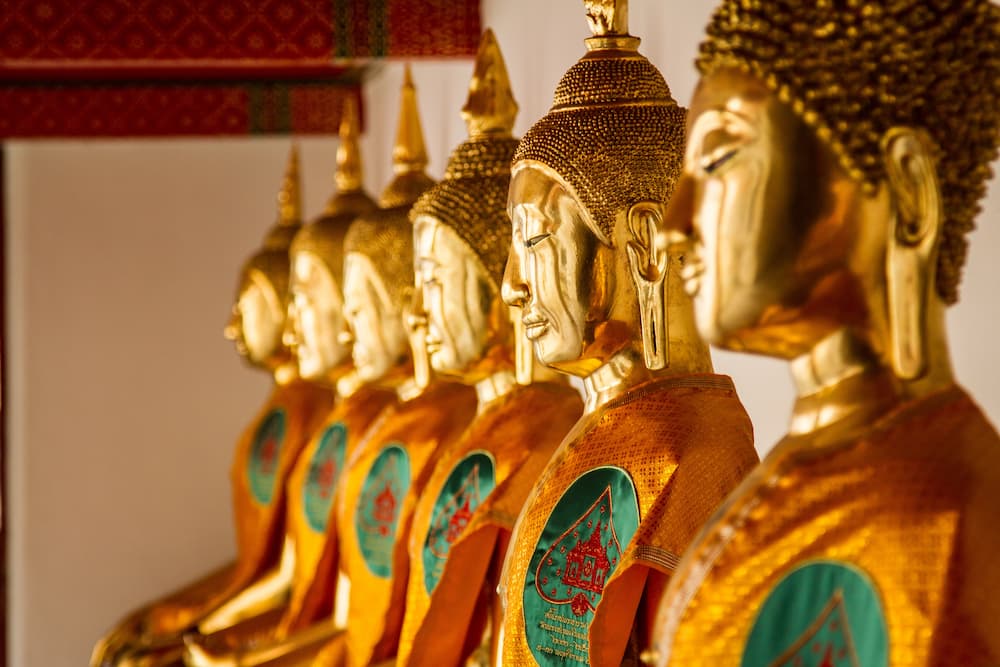









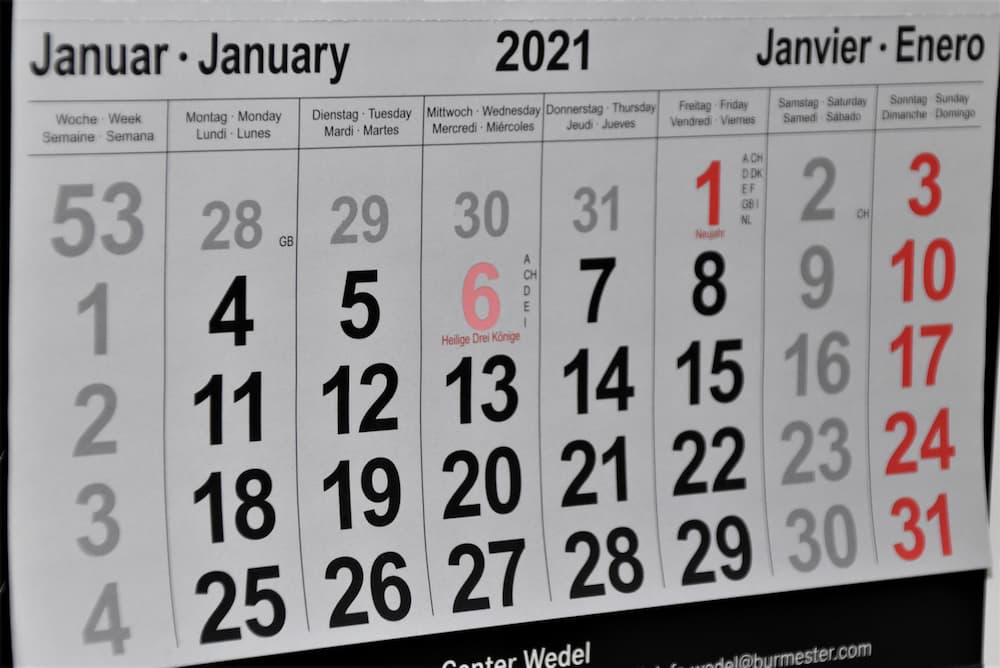
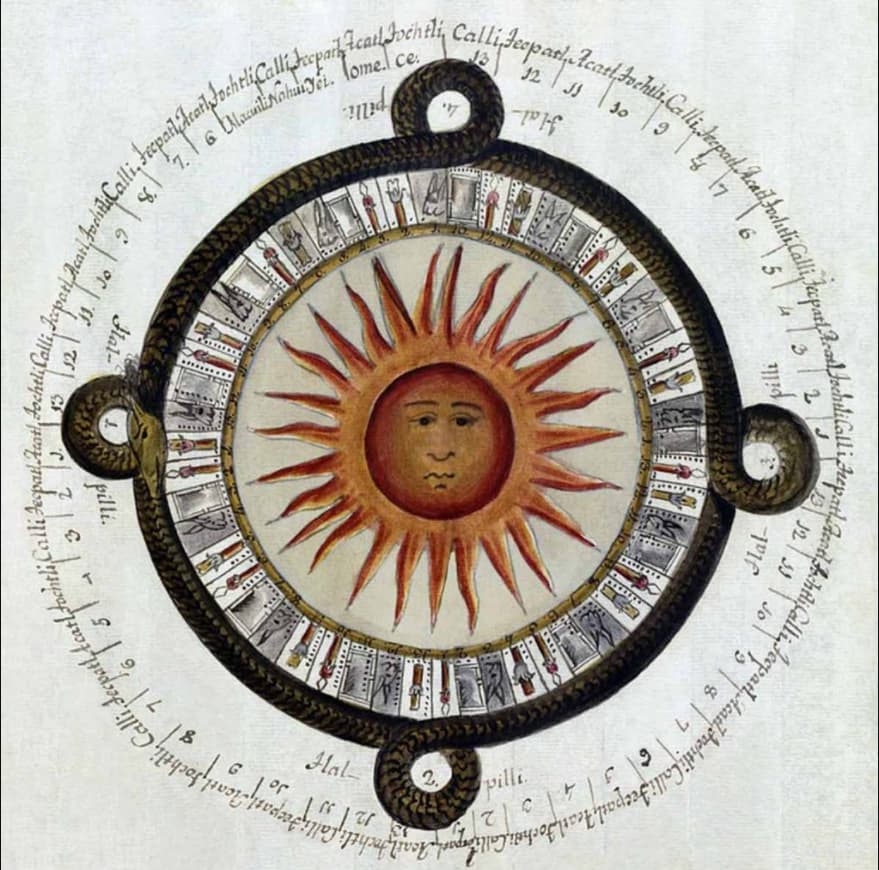



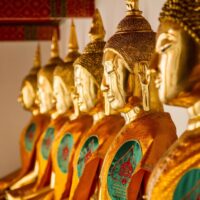
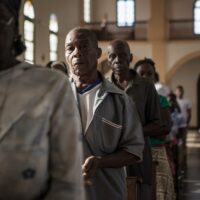
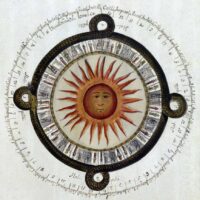


Recent Comments